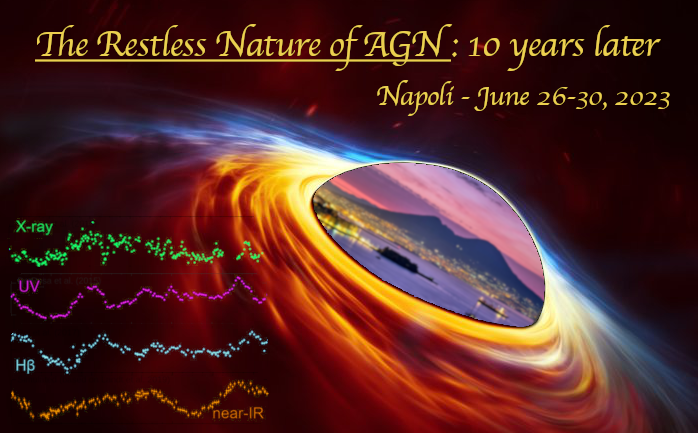Speaker
Description
During its first two years of the All-Sky Survey, SRG/eROSITA uncovered a large sample of X-ray transients associated with the nuclei of quiescent galaxies. In this talk, I will highlight one exceptional repeating nuclear transient eRASSt J045650-203751 discovered by SRG/eROSITA. Extensive monitoring with XMM-Newton, Swift, NICER, and ATCA revealed four repeating X-ray flares and repeating transient radio emission. This makes J0456-20 one of the most promising repeating partial Tidal Disruption Event (pTDE) candidates. A detailed analysis of the available data shows that the characteristic X-ray variability for each flare can be best explained by the accretion state transitioning between the thermal and the steep power-law states, accompanied by the formation and destruction of the coronae. This indicates that similar accretion processes are at work across a broad range of BH masses and accretion rates and that the corona can be formed and destructed within a few weeks to months. I will also present evidence of a potential evolution of the recurrence time of the flares, hinting at a change in the orbital period of the stellar remnant. This highlights the role of repeating pTDEs as effective probes of the stellar dynamics around supermassive BHs beyond our Galaxy.

